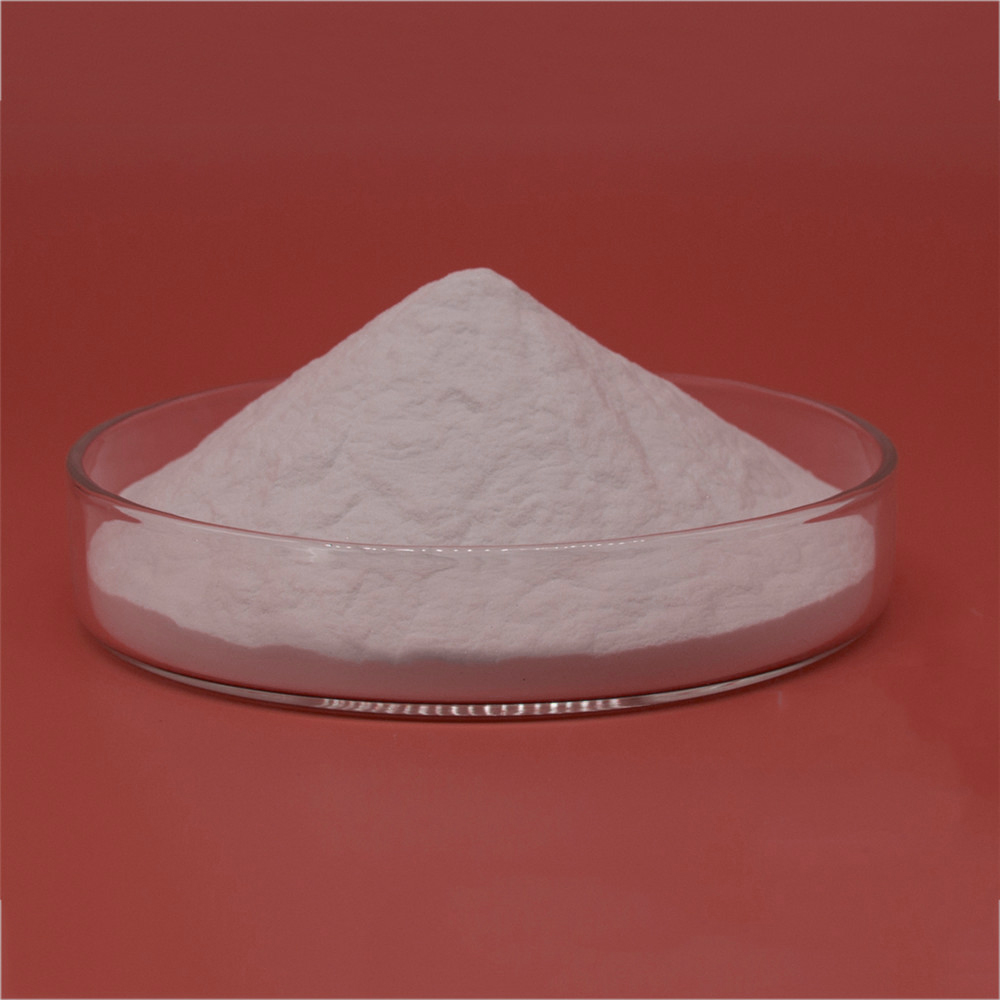White fused aluminum oxide 3000# used for the pretreatment of the metal substrate of non-stick pans.
Why Use White Fused Aluminum Oxide (WFA) 3000#?
Excellent Abrasive Properties: WFAO is a very hard (9 on the Mohs scale), sharp, and durable synthetic abrasive. It cuts the metal surface consistently without breaking down too quickly, ensuring a uniform finish. The Significance of 3000# (Ultra-Fine Grit): The “#” refers to the grit size, defined by the mesh size used in screening. 3000# is an ultra-fine grit, with an average particle diameter of about 5 microns. This grit size is not for aggressive material removal or heavy roughening. Its primary function is micro-finishing and polishing.
The “Why”: Key Objectives of This Pretreatment
Typical Industrial Process Flow
Alkaline Cleaning: The aluminum or stainless-steel pan is washed to remove all manufacturing oils and grease. Possible Coarse Blasting (Optional): Sometimes, a coarser grit (e.g., 80#-200#) is used first to establish the primary anchor profile. Fine Blasting / Polishing (3000# WFAO): The pan is blasted with the 3000# grit. This step refines the surface to a very fine, consistent finish ideal for high-end coatings. Dust Removal: The pan is thoroughly cleaned with clean, dry air to remove all abrasive residue. Coating Application: The pan enters a spray booth where primer and topcoat (e.g., PTFE/Teflon™ or ceramic) are applied robotically. Curing (Sintering): The pan passes through a high-temperature oven. The coating melts, flows, and cures, forming a permanent bond with the prepared metal surface.
Summary
Material: White Fused Aluminum Oxide 3000# Application: Abrasive blasting (Sandblasting) Target: Metal substrate of the cookware (Aluminum, Stainless Steel) Purpose: To create an immaculately clean, micro-roughened, and polished surface that ensures the strongest possible adhesion and most durable finish for the non-stick coating.

